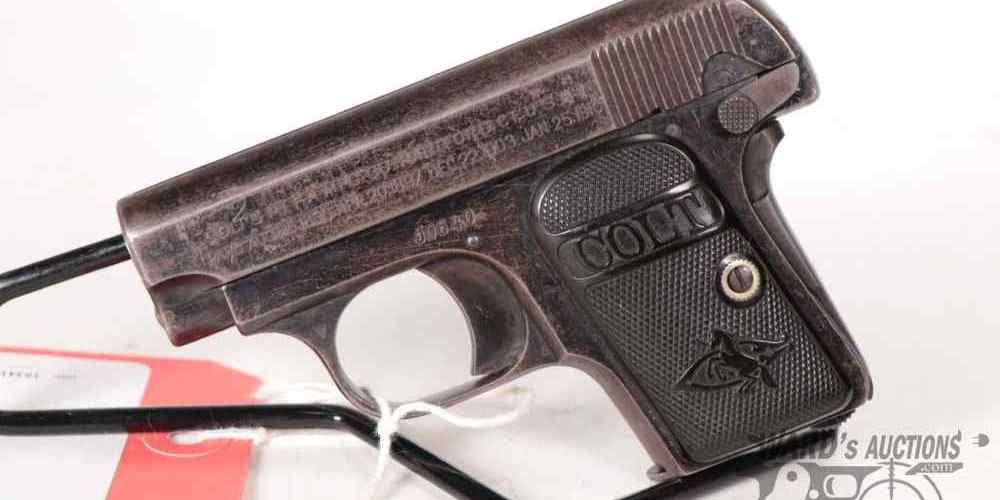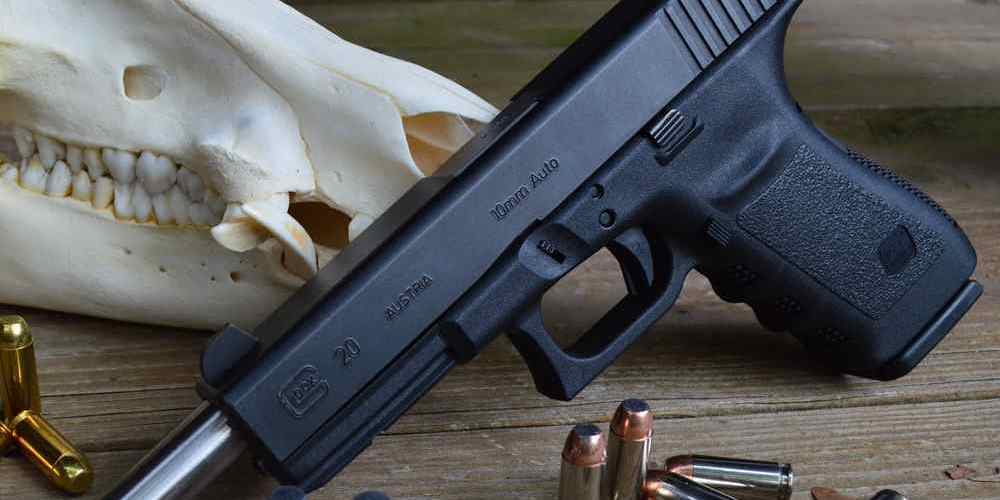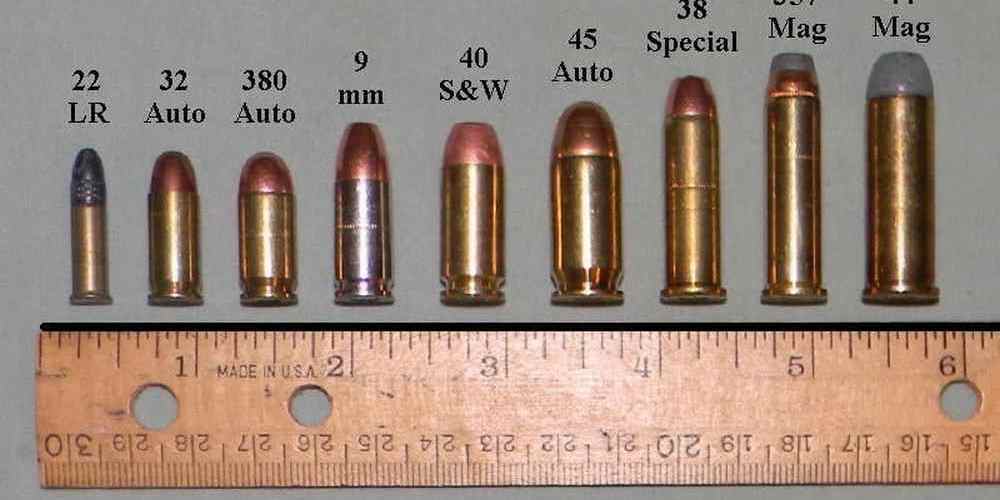Understanding Bullet Velocity and Its Impact on Performance
When it comes to firearms, one of the key factors that determine their effectiveness is bullet velocity. The speed at which a bullet travels can greatly impact its performance in terms of accuracy, range, and stopping power. In this article, we will delve into the concept of bullet velocity and explore how it influences the overall performance of a firearm.
What is Bullet Velocity?
Bullet velocity refers to the speed at which a bullet travels when fired from a firearm. It is typically measured in feet per second (fps) or meters per second (m/s). The velocity of a bullet is influenced by various factors such as the type of gunpowder used, the weight and shape of the bullet, and the length of the barrel.
Factors Affecting Bullet Velocity
- Type of Gunpowder: Different types of gunpowder produce varying amounts of energy when ignited, which in turn affects the velocity of the bullet.
- Bullet Weight and Shape: Heavier bullets generally have lower velocities compared to lighter ones. The shape of the bullet also plays a role in determining its aerodynamic properties and hence its velocity.
- Barrel Length: A longer barrel allows for more complete combustion of gunpowder, resulting in higher bullet velocities.
Impact on Accuracy
The velocity of a bullet can significantly impact its accuracy. Higher velocities tend to result in flatter trajectories, meaning that the bullet will drop less over long distances. This can make it easier for shooters to hit their intended target without having to compensate for bullet drop.
Example:
A .308 Winchester round fired at 2,700 fps will drop approximately 24 inches at 500 yards, while the same round fired at 3,000 fps will only drop around 18 inches at the same distance.
Effect on Range
Another important aspect of bullet velocity is its effect on range. Bullets with higher velocities are able to maintain their speed and energy over longer distances, allowing them to travel farther before losing effectiveness.
Case Study:
In a study conducted by the U.S. military, it was found that soldiers equipped with rifles firing high-velocity bullets were able to engage targets at longer ranges with greater accuracy compared to those using lower-velocity ammunition.
Importance for Stopping Power
Bullet velocity also plays a crucial role in determining the stopping power of a projectile. Higher velocities result in greater kinetic energy transfer upon impact, increasing the chances of incapacitating a target effectively.
Statistics:
According to ballistic gel tests, a hollow-point bullet traveling at 1,200 fps can create significantly more tissue damage compared to the same bullet traveling at 900 fps due to increased energy transfer.
Summary
In conclusion, understanding bullet velocity is essential for maximizing the performance of firearms. By considering factors such as gunpowder type, bullet weight and shape, and barrel length, shooters can optimize their equipment for improved accuracy, range, and stopping power. Ultimately, achieving higher bullet velocities can lead to enhanced effectiveness in various shooting scenarios.







